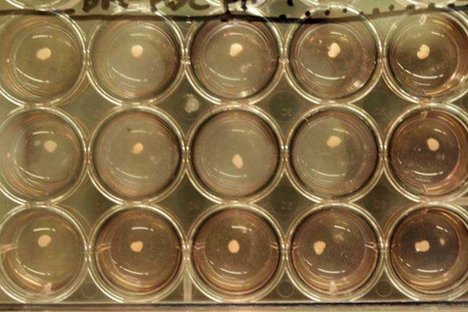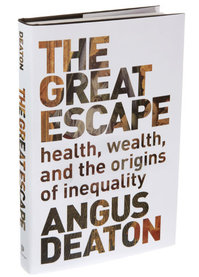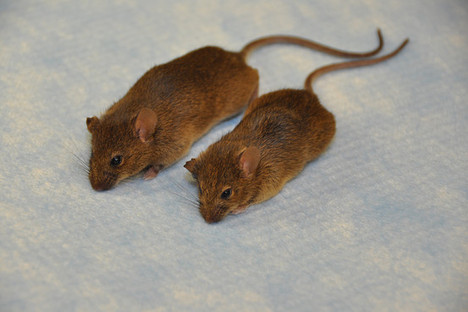(p. F5) For thousands of years, people have sought to escape or outrun their mortality with potions, pills and elixirs, often blended with heavy doses of hope and will.
In the “Epic of Gilgamesh,” a Mesopotamian king searched for the secret of immortality after the death of his best friend. At least three Chinese emperors in the Tang dynasty died after consuming treatments containing lead and mercury that they hoped would make them immortal. In the late 19th century, a French-American physiologist seemed to have found the elixir of life by injecting the elderly and himself with extracts from animal testicles.
. . .
“By targeting fundamental aging processes, we might be able to delay the major age-related chronic diseases instead of picking them off one at time,” said Dr. James Kirkland, a professor of aging research and head of the Robert and Arlene Kogod Center on Aging at the Mayo Clinic. “For example, we don’t want to have situation where we, say, cure cancer and then people die six months later of Alzheimer’s disease or a stroke. It would be better to delay all of these things together.”
This is where the field known as the biology of aging is moving — to develop drugs that will increase life span and what researchers refer to as health span, the period of life when people are able to live independently and free from disease.
Dr. Kirkland said that at least six drugs had been written up in peer-reviewed journals and that he knew of about 20 others that appear to affect life span or health span in mice. The goal is to see if those benefits can be translated into humans to increase their longevity, “to find interventions that we can use in people that might, say, make a person who’s 90 feel like they’re 60 or a person who’s 70 feel like they’re 40 or 50.”
Other researchers are studying centenarians, seeking to understand whether certain genes have carried them past 100 years old and kept them in good health.
For the full story, see:
TRACEY SAMUELSON. “Science (and Quacks) vs. the Aging Process.” The New York Times (Weds., Nov. 19, 2014): F5.
(Note: ellipsis added.)
(Note: the online version of the story has the date NOV. 18, 2014.)






